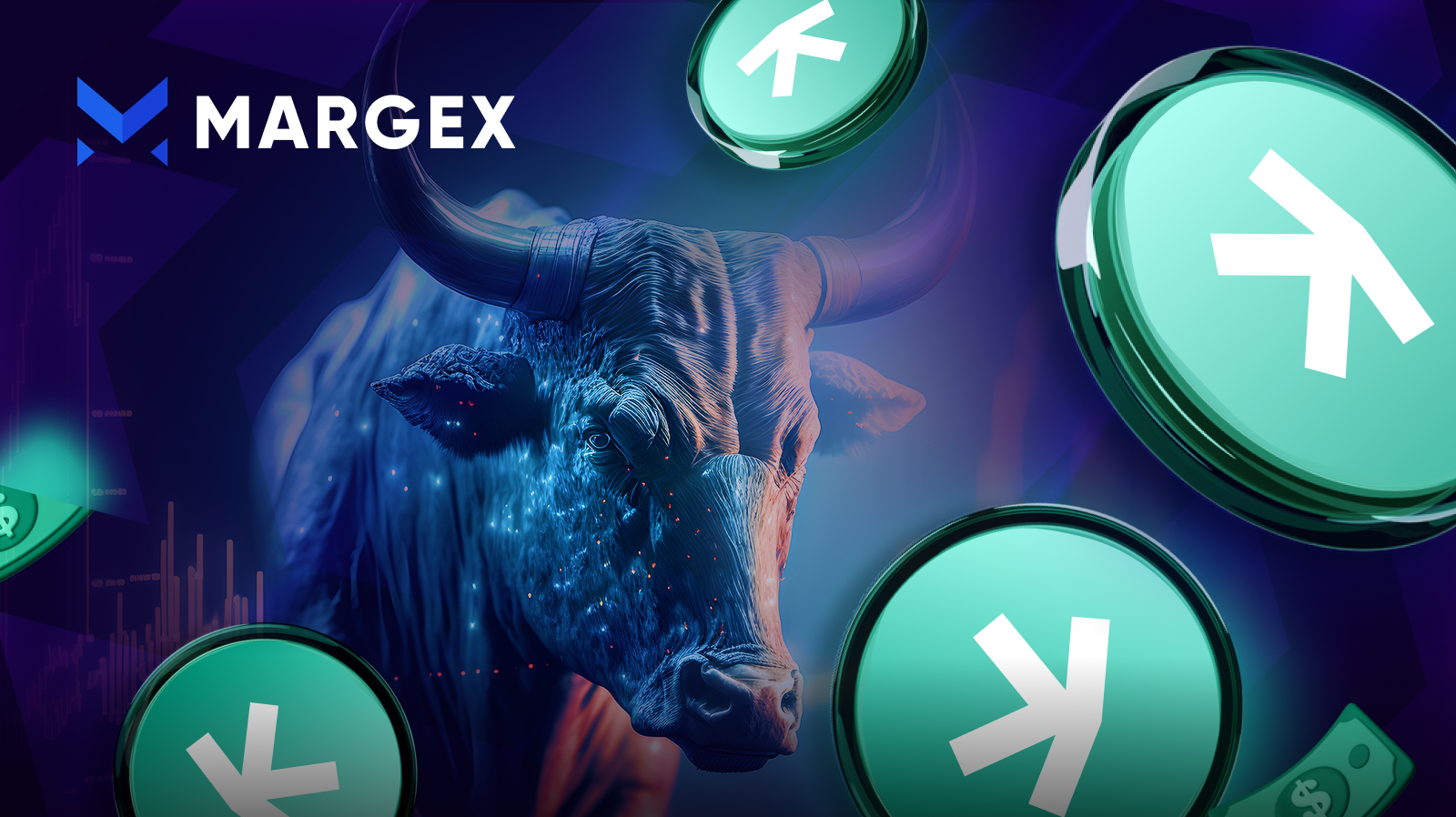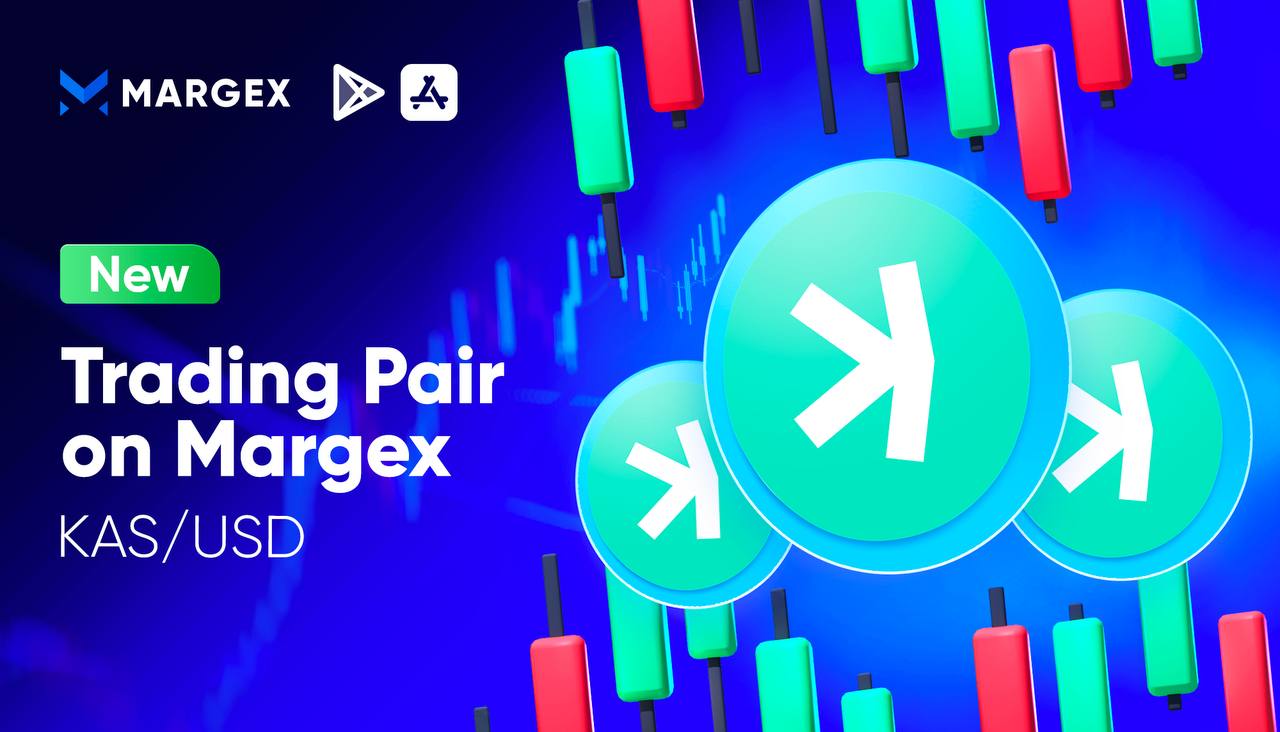
Kaspa (KAS) is an alternative to Bitcoin, Ethereum, and other blockchain platforms that were the first to emerge in the cryptocurrency space and to those created on their basis. Kaspa utilizes a completely different protocol to the blockchain currencies mentioned above. Still, KAS is among the top 50 coins, making it a subject of interest to many investors and traders.
While Bitcoin is limited to only 21 million coins, the majority of which have already been mined, bought and are being held tight by early investors or Wall Street ETFs, and both BTC and ETH are not affordable to many, average and new investors are in a constant search of altcoins which are cheap enough to buy in large quantities and at the same time have a potential to show a big price surge in the future. KAS is one of these coins for them.
Here’s what’s special about Kaspa
Kaspa runs on a proof-of-work consensus protocol (similar to Cardano, Ethereum, and many other cryptos), which means mining KAS only requires a few computing resources (read, electricity bills, or issues with environment protectors that Bitcoin miners have). Besides, Kaspa is based on the GhostDAG protocol.
This protocol (not a blockchain but blockDAG) is significantly different from traditional blockchains in that it allows the utilization of parallel blocks, allowing them to co-exist and operate in a complete consensus. This is what DAG (Directed Acyclic Graph) is about – it consists of vertices and edges, which can be called “blocks” somewhat nominally. Unlike blocks in a traditional blockchain system, transactions get recorded as vertices within a DAG and are recorded on top of each other.
This ensures that Kaspa shows very high block rates. At present, one block is created every second, while the developers’ goal is to reach ten blocks per second in the future, with an even bigger target of a hundred blocks per second. With all this, Kaspa ensures secure transactions. Being a layer-1 blockchain, Kaspa was made to integrate layer-2 solutions in the future. Layer 1 means basic blockchain protocols, with Bitcoin and Ethereum being the biggest among them.
They allow developers to build new protocols and solutions on top of them while using the infrastructure of layer-1 networks. Many blockchains are launching layer two networks on top of Ethereum to increase their throughput and avoid congestion and a surge in gas fees. Among the top layer two blockchains are Optimism, Arbitrum, Base built by the Coinbase exchange, Metis, and Zora.

A word about Kaspa founders
Even though Kaspa was envisioned by R&D company DAGLabs using PolyChain investment, Kaspa remains an open-source and community-driven project. Unlike many other projects in the cryptocurrency space, Kaspa is decentralized and has no central governance or business model.
It was founded by Yonatan Sompilinsky in 2021, who worked as a Postdoc CS at Harvard University and was part of the MEV team of researchers. There is also an extensive list of Kaspa core devs and contributors.
Kaspa (KAS) price prediction
Last year, Kaspa showed an overall increase of 2,531% and a total rise of 81,654% since it began trading in 2022. KAS has a halving event every year, unlike Bitcoin, whose halving events occur every four years, and in April, the market is to see the fourth one when the number of daily minted BTC will be once again reduced by half – from 900 BTC to 450 BTC.
Kaspa’s halving took place last year, and it will be in August 2024 as well. Not only is the KAS price likely to be influenced by the “native” halving, but there is a high probability that the Bitcoin halving will also have a positive impact on it, as is the case with the rest of the market however, since BTC halvings do not start impacting the price immediately but from half a year to a year after that, the positive impact on KAS may happen either at the end of 2024 or in 2025.
Apart from constantly adding new major updates, which in 2024 will open Kaspa to smart contract developers and get listed on various major exchanges, Kaspa also releases its hardware wallets in collaboration with the Tangem wallet maker. This means both technical improvements and a wider adoption of KAS.
Based on these factors and various technical indicators, KAS may reach a high of $0.25 by the end of this year. In 2025, a high of $1.10 is likely, with $0.28 as the lowest level to be achieved. By 2030, analysts expect KAS to reach a record price level of $3.00 with $2.20 as an average price.



